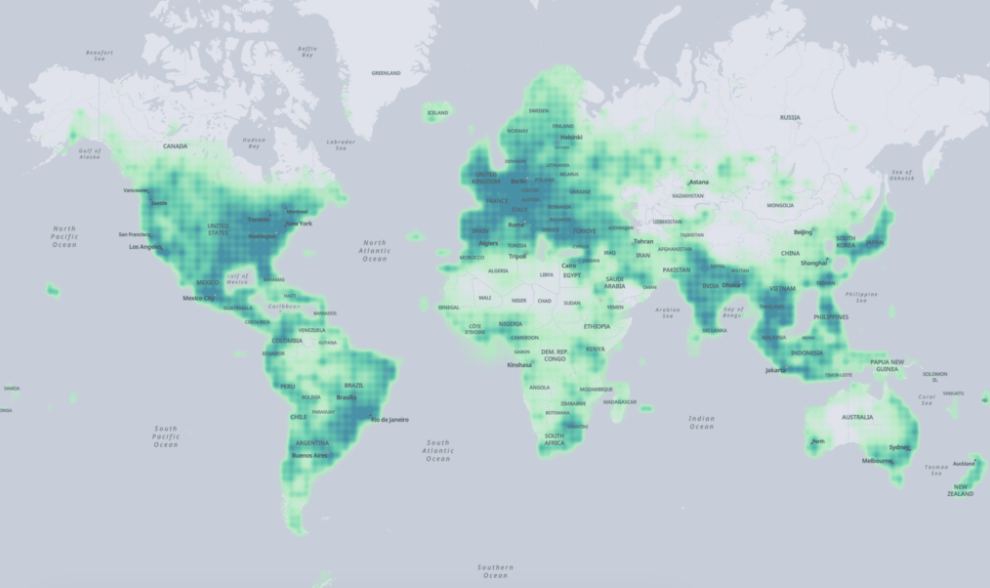Overture Drops Free Global Dataset with 60M Places

The Overture Maps Foundation released its first global open map dataset. The data covers nearly 60 million places worldwide. It also includes transportation data, 780 million buildings and administrative boundaries in 40 different languages.
To learn more, we briefly caught up with Marc Prioleau, Overture Maps Foundation's executive director.
NM: What has been the developer community's response to this release?
Prioleau: The response from developers has been very positive. Places data is a very hard dataset to get right and generally this new open data is welcome. That said, like any dataset, it needs to be improved and updated. We don't expect developers to begin using the data until we can provide a plan for updates and a regular release cadence.
NM: How easy is it to work with? In other words, how long would it take to bring an application built on this data to market?
Prioleau: Overture is only providing the data, we are not providing mapping API’s that would more directly be used in an application. The developer still needs to build an application that ingests the data and provides a service like local search, navigation, etc. That time frame depends on the complexity of the application. Basic map displays can be pretty quick. More complex applications like navigation of logistics are more difficult to build.
NM: The dataset is free but are there any associated costs?
Prioleau: The data itself is free of change. Overture does not charge for downloads. Third party companies may use the data in applications with different business models.
NM: It appears to be a very robust dataset. How does it stack up against leading mapping providers in the market today?
Prioleau: It is the first version of the data and we expect it to need improvement. That’s typical of map data; it gets better with use. We expect that it will be improved as we build usage and then develop feedback loops to improve the data.
NM: Are there particular areas of strength in the data?
Prioleau: Some of the layers are built on OpenStreetmap data, but that data has been restructured into a defined schema to make it easier to use.
Overture has strong interest from the automotive market as well. Our Transportation data includes a linear reference system that will evolve into an open stable ID system. That allows any sort of relevant data to be precisely attached to the basemap, supporting real time traffic models, lane-based information and other road data to be attached.
Much of Overture’s versatility will come from the Global Entity References System (GERS) that allows third parties to attach their data to the basemap. That means that Overture can help create a mapping ecosystem where datasets can be combined and added to the map in a systematic, consistent way. That versatility means that the basemap can be adapted to support many different applications.
NM: What do you hope to add to the data for the next release?
Prioleau: We will improve the quality of all the data layers, develop a regular release cadence. We will also develop a stable identification for all features in the map, which will allow other data to be added to the map.
NM: Are Microsoft, Meta or the other Overture member-contributors planning to use the data (e.g., Bing Maps)?
Prioleau: All the steering members of Overture plan to use the data when it meets market standards.
Related: Mike Blumenthal and I interviewed Prioleau a month ago, to get his take on the market need for this open-data initiative the future of digital mapping.

